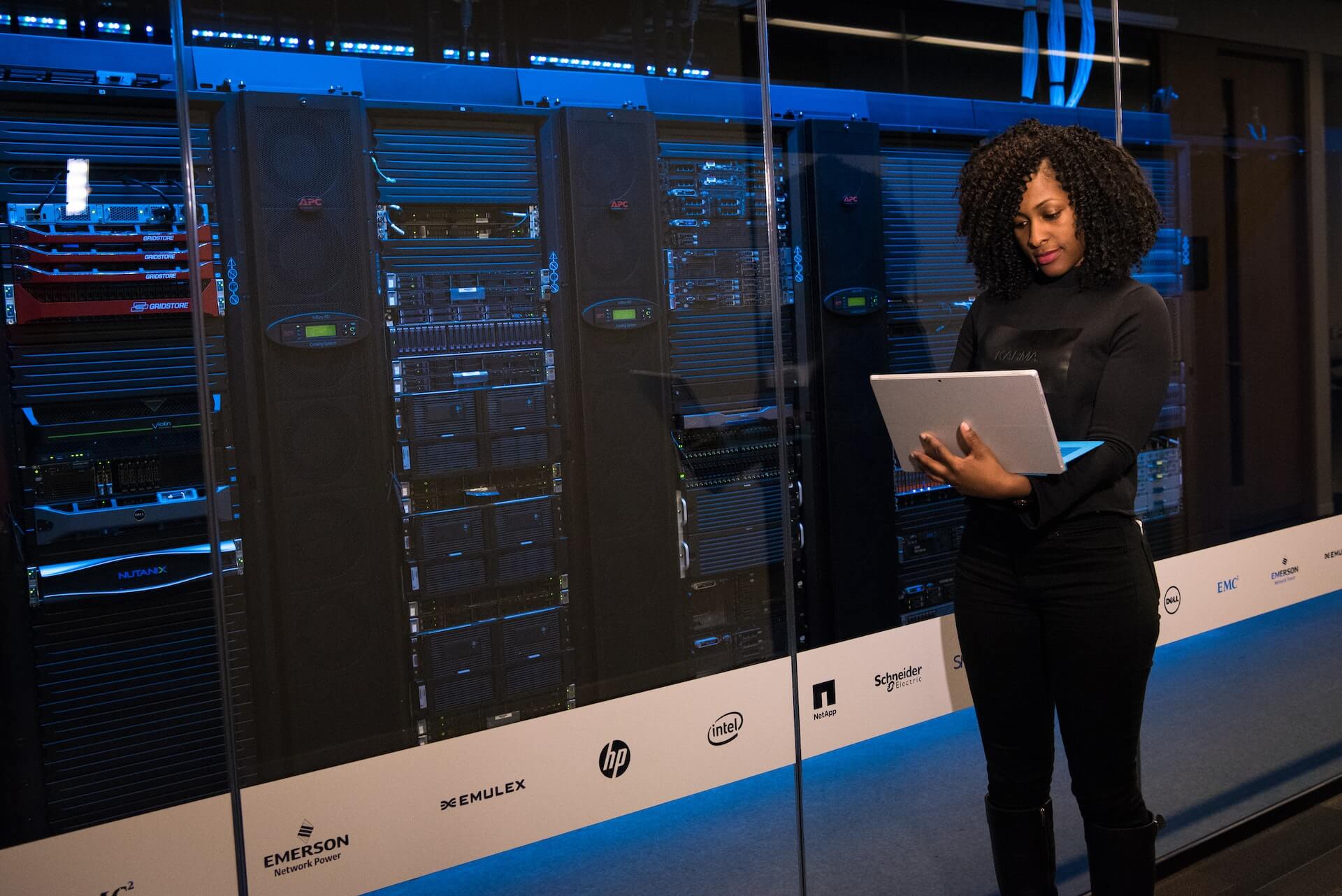How CEOs Can Enhance Cybersecurity Training For Better Data Protection
The increased integration of technology in the workplace has afforded organisations many benefits. Utilising modernised devices, advanced software, and cloud-based applications has helped streamline processes, accelerate productivity, reduce waste, perfect products and services, improve customer experience, and boost sales. Despite these organisational advantages, the increased use of technology in the workplace leaves crucial data vulnerable to breaches.
The Rise of Data Breaches
As the global pandemic caused corporations to transition to internet-based operations, cybercriminals increased their efforts to damage or steal critical information. It wasn’t long before reports of data breaches in the finance, healthcare, retail, and even government sectors hit the airways.
Company, employee, and consumer information ranging from trade secrets and contracts to contact details and financial accounts were compromised, leaving them vulnerable to malicious crimes. Major corporations shelled out millions of dollars to eliminate the threat, recover lost data, compensate consumers, and rebuild their reputations.
Protecting Your Data
Any CEO knows that data breaches are bad for business, especially when millions of dollars are on the line. Ultimately, developing a strategy to keep company and consumer information secure is essential. While organizations complete the basics like installing security, firewall, and anti-spam software, encrypting data, requiring strong passwords, and using secure platforms to conduct business, they often leave out a key component – end-user vulnerabilities.
Training Your Team
Your team poses the greatest risk to your company’s data. They have access to your organisation’s devices and systems, making them an ideal target for hackers. One mistake (which humans often make) gives cybercriminals access to sensitive information. As such, team member training should be an integral part of your cybersecurity strategy. Here are some suggestions on how to enhance training for better data protection.
Content, E-Learning Modules, And Videos
Educate your team on cybersecurity, vulnerabilities, and prevention. As everyone consumes information differently, diversify your content by providing your team with reading materials, e-learning modules, and videos. Using multiple educational resources increases engagement and improves data retention.
Drive Engagement With Anti-Phishing Practices
One of the easiest ways for hackers to infiltrate your company systems is to use a practice known as phishing. They send fraudulent emails disguised as an official entity. If a team member falls for the con, they can provide sensitive information ranging from customer contact information to login credentials for business applications.
Anti phishing software can help enhance your cybersecurity efforts and keep your team on their toes. CEOs can execute phishing simulations to assess team member awareness and vulnerabilities. Team members will receive random (fake) phishing emails. If someone gets phished, they’ll receive additional training to improve their comprehension and reduce company risks.
Hire Professional Cybersecurity Trainers
The complexity of cybercrimes is constantly changing, requiring continual education, experience, and training to prevent security breaches. As keeping up with these changes involves a lot of time and effort, CEOs can improve team member training experience by consulting a professional within the cybersecurity industry.
A cybersecurity expert will prepare a presentation and training exercises for your team. They can meet with your staff to discuss the latest threats, debunk myths, answer questions, and give advice on how to reduce their risks.
Draft And Renew Contracts
Every CEO should draft security contracts for team members to sign. The arrangements should detail company policies and procedures for using and securing devices and data. The agreement should also include a clause that states the team member understands their obligations and has received training.
Reward Your Team
The best way to reinforce positive behaviour in the workplace is to reward your team. Whether it’s a certificate of completion, free lunch, or a bonus after completing training, it encourages your team to do their best to safeguard company data.
Cybersecurity threats will remain a concern as long as businesses use technology to operate. As technological innovations in the workplace aren’t going away anytime soon, CEOs are encouraged to ramp up their cybersecurity measures to safeguard sensitive data. Although there are various ways to protect your data, training your team should be a top priority. Use methods like educational materials, anti-phishing software, cybersecurity trainers, team member contracts, and rewards to protect your organisation, team, and consumers from breaches.







